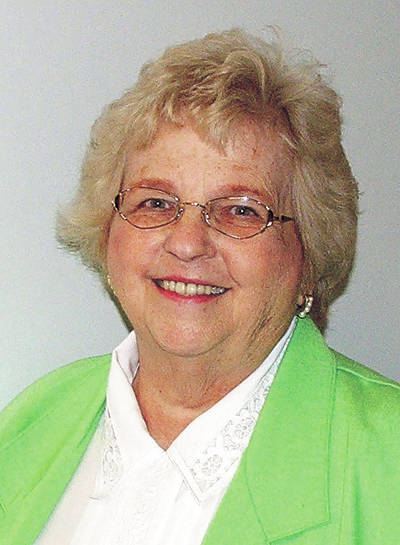
How did some of our towns get that name?
Let’s begin with the county itself. Shortly after the Revolutionary War, patriotism was running high, and the mention of any of the ranking officers of the army would bring recognition to most residents
Greene County is named in honor of General Nathaneal Greene, one of those soldiers. Warren and Montgomery are also named for Revolutionary War generals.
Often a town took the name of the original owner of the property. Some men bought a large portion of property with the intention of building a town. They would have the land surveyed, lay out streets and sell plots of ground for homeowners.
Then, sometimes the settlers themselves would decide on an appropriate name for their community. Such was the case with Tylersville. Perhaps you don’t know where that particular village is located and to give you a hint, it is in Bath Township. The folks in that village were so enthusiastic about the United States Vice President John Tyler that they decided to name the town in his honor.
When he became President, they were not so happy with his performance, and even were embarrassed to have named the town in his honor. Therefore, they petitioned the State of Ohio to change the name of the village. What name to give the new town? After some discussion and consideration, it was decided to name the village after a British citizen, Alfred Lord Byron, and so from that time forward, the village of Tylersville has been known as Byron.
The citizens of the community later called Xenia met to decide on a name for the new town. There was some discussion and several names were proposed when Rev. Robert Armstrong made a suggestion. He had been so welcomed into the new community, that he proposed the name Xenia. This is a directive of a Greek word which means “Hospitality”. The wife of one of the early settlers was given the honor of selecting the name, and so to this day, the city is known as the City of Hospitality.
Fairborn was established in 1950, and has a long history. When the Shawnee were still in the area, and the settlers began to arrive, there was some conflict among the two cultures. The Shawnee chief had grown very fond of the children in his care and wanted to see the place where they would live. He was taken to the top of Reed’s Hill and shown the site of the little, then unnamed village. He smiled and said “Yonder lays a fair field.” Thus the name Fairfield was selected for the little town.
After a few years, the railroad authorities wanted to take the train through Fairfield, but the residents rejected the plan. They were happy with their little community as it was and did not want that smelly, loud train coming through. Therefore a site about one and one-half mile away was chosen for the tracks.
Soon houses sprung up near the tracks, and another little village was established. This village was named for the superintendent of the railroad, Mr. Osborn. When the village of Osborn was threatened by the construction of Huffman Dam, the entire village house by house was moved and placed next door to Fairfield. Eventually, the two became one, now known as Fairborn.
Beaver Creek is appropriately named for the two creeks which run through the area.
Wilberforce is named in honor of a British statesman, Lord Wilberforce who was a strong abolitionist in his country,
The town of Paintersville was laid out and surveyed on behalf of James Painter, the proprietor.
Cedarville was originally named Milford, but there was some confusion when there was another town in Ohio with the same name. In order to end the confusion, Milford in Greene County changed the name of the community to Cedarville. The name was chosen because there were so many red cedar trees in the area.
Alpha was also named for a Greek word, the first letter in the Greek alphabet. It is so named because that was the first community established in Greene County.
The Village of Clifton is aptly named for the cliffs which are nearby.
Goes was first established by a man named Samuel Goe, hence the name given to that community. Middleton Corner was named in honor of the first settlers in that region, Thomas and John Middleton.
Some suggest that Bowersville received its name from Peter Bowermaster, an early settler and the first businessman in the community. Others agree that the name was suggested by D. L. Reaves because of the many trees which created s shady bower.
Yellow Springs gets its name from the famous, supposed healing waters of the Yellow Spring which flows by the town.
Old Town was originally a very large Shawnee settlement, one of the largest villages in the area. After the Shawnee moved and settlers moved into the area, the village was called by the Anglican name of Old Town.
Transylvania was a village platted in 1850 on the southwest bank of the Little Miami River. When the railroad came through, the inhabitants moved across the road to the valley which became known as Spring Valley.
Andrew Fogg and William Lewis purchased eight acres of land on which they planted a vineyard, expecting to make a fortune from the crop and the products thereof. The area became known as Grape Grove.
There is a quick peek of how some of communities in Greene County were named.


